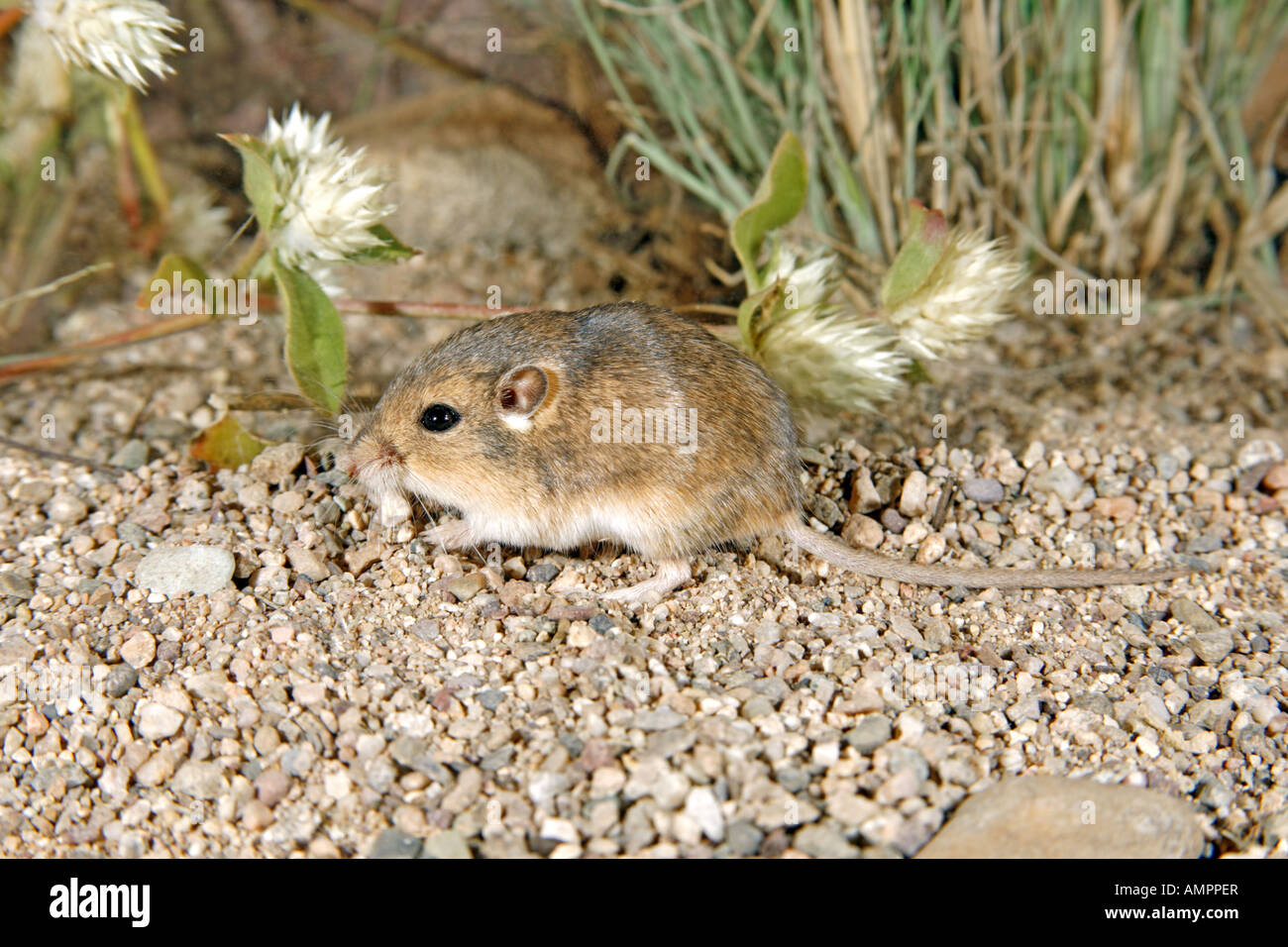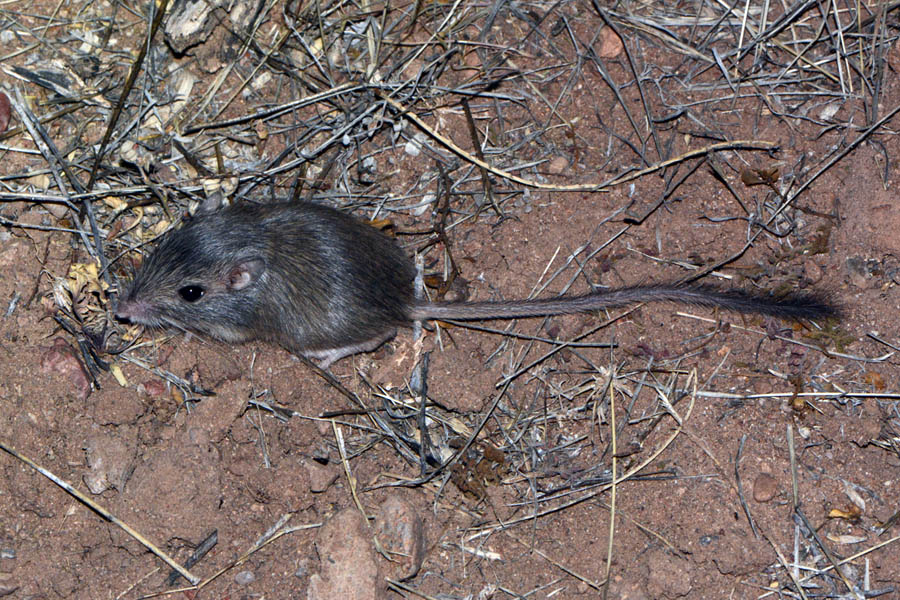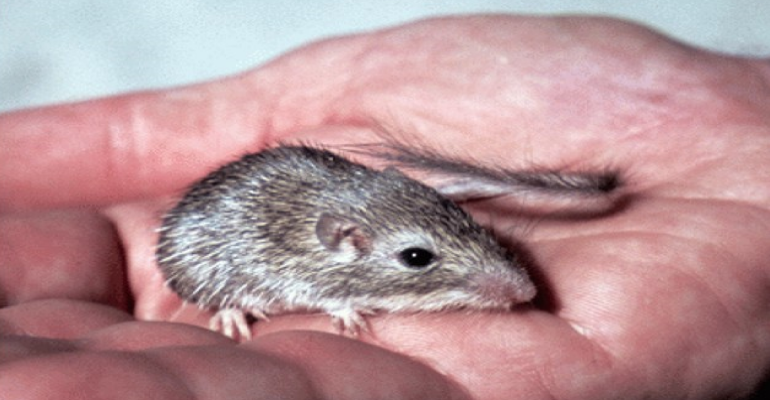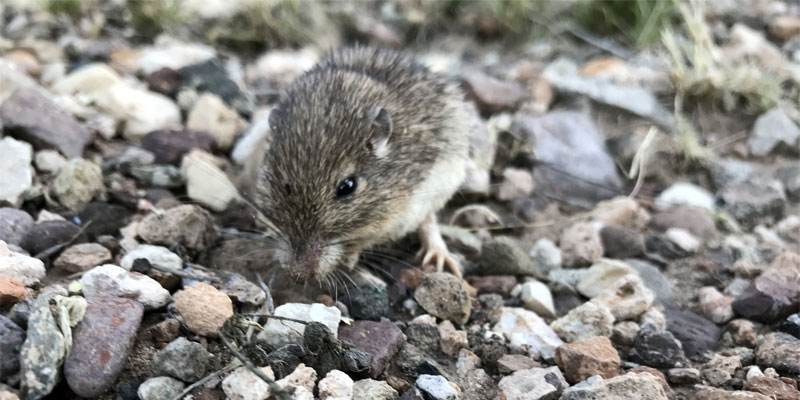
Throughout their distribution, Arizona pocket mice are found where there are solid, stable, fine-textured soils. Within this habitat, Arizona pocket mice prefer the bush microhabitat, as opposed to the open microhabitat. The vegetation is most often mesquite bush, creosote bush, cactus, and palo verde, but it also includes greasewood, rabbitbrush, ephedra, shortgrass, fescue, and juniper. ( Wilson and Ruff, 1999)Īrizona pocket mice are found in flat habitats with varying desertscrub vegetation or bunch-grasses, depending on the location in Arizona. Finally, Perognathus amplus taylori is distributed in central southern Arizona and northwestern Sonora, Mexico. Perognathus amplus pergracilis is distributed in northwestern Arizona. Perognathus amplus cineris is distributed in central northern Arizona. Perognathus amplus amplus is distributed in central to south-western Arizona and in northwestern Sonora, Mexico.

Perognathus amplus can be divided into four subspecies, each with a slightly different distribution. Reach out to Western Exterminator today for rodent pest control that works.Perognathus amplus is found throughout much of Arizona and into northern Mexico. You certainly don’t want rodent pests on your property. They most commonly enter homes by walking along electric wires or tree limbs adjacent to the roof and attic. In nature, they nest in trees, debris, woodpiles, and dense vegetation. They earn the name roof rat because of their tendency to nest in upper levels of the home, such as the attic or ceiling. When measured with its tail, a roof rat may be up to 18 inches long. The roof rat is well-known for its long, hairless tail that measures longer than its entire body. The roof rat is also referred to as a black rat for its characteristic black or dark brown color. They use places such as cavities in trees and animal burrows for nests outdoors, and use locations such as storage boxes and drawers of cabinets indoors. Deer mouseĭeer mice can carry hantavirus, which is mainly spread by inhaling dust particles that are tainted by feces, urine or saliva of deer mice that are infected. This is a common cause of contamination in products stored around the homes they inhabit. Despite eating roughly one-tenth of an ounce of food per day, the average house mouse can produce 50 droppings per day.

A typical house mouse dawns a musty gray coat and an off-white underbelly. These mice are smaller in size than rats, which can help to make them more easily identifiable. As a result, the house mouse can be quite common in Arizona houses and outbuildings. The house mouse depends on humans for food and shelter. These rats can be hazardous to human health due to the layers of urine and feces that line their storage and communal living areas.

They are larger, measuring roughly six to eight inches long. This furry tail, along with white feet and white underbelly, are often used to identify the pack rat. Unlike many types of rat, the pack rat has fur covering its tail. Central Arizona houses three main types of pack rat: the Mexican pack rat, Whitethroat pack rat, and Stephen’s pack rat. The pack rat, also called a wood rat, is most common in central Arizona desert areas.

Call Western Exterminator at 88 or contact us online if you have a feeling that your home or business has a rodent infestation problem. Extermination is especially important for homes with children, as a home with rodents will often provide several opportunities for rodents to transmit life-threatening diseases like Hanta Virus, Salmonella, tapeworms, and rat-bite fever, among others.
ARIZONA POCKET MOUSE PROFESSIONAL
This can make it more difficult for homeowners to identify a rodent infestation.Īrizona homeowners who suspect that their home has fallen victim to household rodents should contact a pest control professional as soon as possible. The majority of these Arizona rodents are nocturnal, meaning they are most active at night and sleep in their nests during the day. These rodents will often gnaw on important elements of the home, such as electric wiring and pipes. While these rodents vary in size and nesting habits, they all share the ability to cause damage to the home and spread disease as they rummage. The most rodents found in and around homes in Arizona are pack rats, mice, and roof rats.


 0 kommentar(er)
0 kommentar(er)
